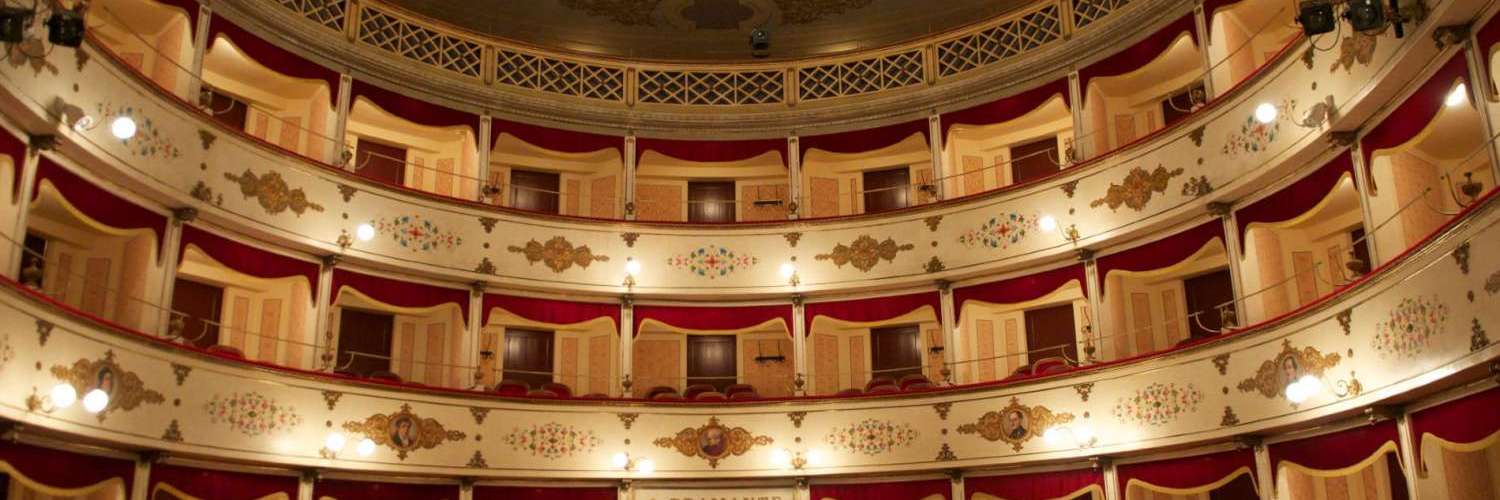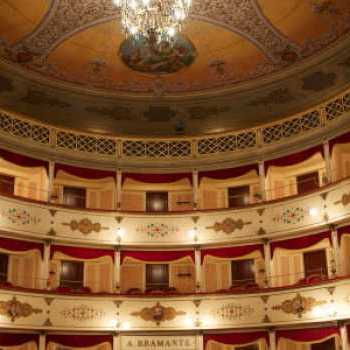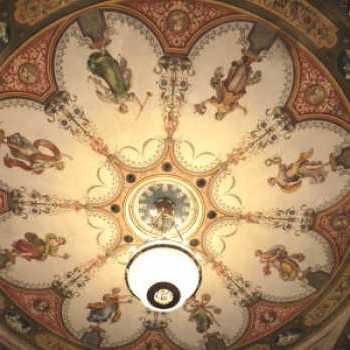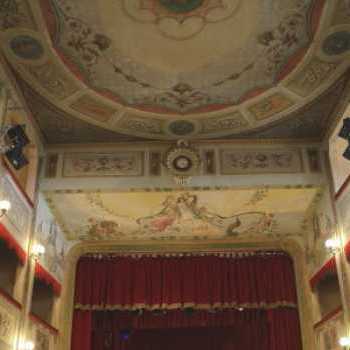
The Little Theaters of the Marche Region: jewels to be discovered
A land made of music and art, the Marche Region shines in the Italian heritage through its theaters. There are more than a hundred of them, you can fiond them in the main cities and hidden in the smallest villages: authentic architectural jewels, treasures of this area.
Built in different eras, between the eighteenth and nineteenth centuries, in the land of the composers Gian Battista Pergolesi, Gaspare Spontini and, of course, Gioachino Rossini. every municipality had a theatre, even the smallest ones.
Here are some of the most beautiful theaters we can find through the province of Pesaro-Urbino:
Teatro Apollo - Mondavio
The Theater in Mondavio was built in the late eighteenth-century in the former church of S. Filippo Neri but its current appearance dates back to a renovation completed in 1887. The same year, the Municipality approved the regulations of the Academy of the Theater, formed by members and associates, among whom the Prince of the Theater was appointed responsible for the care of the building.
The theatre rests, on one side, on the north-west castle walls and overlooks Piazza della Rovere with a small facade, squeezed between very small private buildings, barely enough to contain the access door. The structure still retains the perimeter walls and the underground crypt of the ancient church. The stalls were created in the nave of the latter, while the stage was created in the apse, under which the dressing rooms and operating mechanisms are located. The U-shaped plan is the original one, as well as the first two tiers of boxes.
The theatre was recently restored and reopened to the public in 2010.
Teatro Tiberini - San Lorenzo in Campo
Teatro Tiberini is located on the noble floor of Palazzo della Rovere. It has a U-shaped stalls, surrounded by two tiers of boxes with an overlying gallery, complitely made of wood. In 1811, after the collapse of the ceiling of the pre-existing theatre, it was built as a permanent one. Over the years it was restorated several times, in 1882 it was officially inaugurated with the name of Mario Tiberini Condominial Theater. In 1983 it was reopened again after a further restoration.
The tenor Mario Tiberini was born in San Lorenzo in Campo in 1826. He began his studies in Rome and Naples, and at the age of 25 he made his debut at the Teatro Argentina in Rome where he played the role of Idreno in Rossini's Semiramide. Despite the successes obtained in Italy, he decided to expatriate overseas, where he conquered the scenes of the most famous theatres, from the Colon in Buenos Aires to the Metropolitan in New York. In1857 he came back to Europe where he continued to shine. He died four years later and after his death, the theatre took his name.
Teatro Sanzio - Urbino
Teatro Sanzio is the main theatre of Urbino. In 1840 the architect to build it was chosen through a competition;The winner was Vincenzo Ghinelli from Senigallia. The construction works began in 1845 and lasted until 1853. The interior decoration was entrusted to Raffaelle Antonioli da Gubbio, who painted the frescos of the ceiling, Francesco Serafini decorated the curtain, while Romolo Liverani was commissioned to create the sets. The atrium is decorated with two marble busts, one depicting Raffaello Sanzio and the other depicting Donato Bramante. Between 1977 and 1982, the building underwent a radical renovation, by the architect Giancarlo De Carlo.
Teatro Bramante - Urbania
Teatro Bramante is one of the jewels of the Marche Region: three tiers of boxes with a gallery, it was built on the foundations of an ancient fourteenth-century fortress and, in 1726, was renovated by the Academy of the Acerbi which entrusted the project to the architect and scenographer from Parma Pietro Abati. In 1855, thanks to the Theater Academy formed by wealthy citizens, the new factory was started, based on a project by the architect Ercole Salmi.
Shortly after the unification of Italy, in 1864, the new theater was inaugurated with Giuseppe Verdi's Il Trovatore and it was named after the illustrious fellow citizen Donato Bramante. All in brick, it has a neoclassical style facade, decorated in the central part by a double order of semi-columns. The interior reflects the traditional horseshoe shape, it has 44 boxes, distributed over three orders and an overhanging open balcony gallery. Closed for a few years due to safety regulations, the theater was recently reopened and can now be visited.



